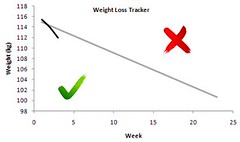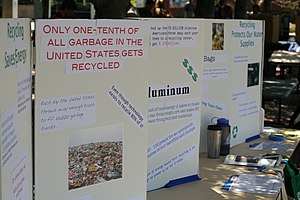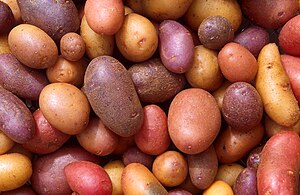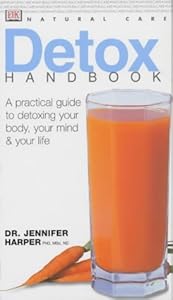 Cover of Detox (Natural Care Handbook)Tip #1 Set a detox goal. Why do you want to detox? Do you want to cleanse your system? Do you want to lose weight? Do you want to stop your addiction to sugar and/or processed foods? Choose your goal first, your reason or purpose for detoxing. If you don’t have a goal it’ll not only be difficult to choose a detox plan, it’ll be difficult to stick to it.
Cover of Detox (Natural Care Handbook)Tip #1 Set a detox goal. Why do you want to detox? Do you want to cleanse your system? Do you want to lose weight? Do you want to stop your addiction to sugar and/or processed foods? Choose your goal first, your reason or purpose for detoxing. If you don’t have a goal it’ll not only be difficult to choose a detox plan, it’ll be difficult to stick to it.#2 Choose the right plan. Now that you have a goal for detoxing, choose a plan that supports that goal. Consider your lifestyle. Also consider the time you have to detox and take the potential side effects into consideration.
For example, most detox plans will have some side effects. You may feel tired or irritable. You may also experience headaches and have some digestive issues. This is your body purging the toxins. You may also experience some withdrawal symptoms if you have a diet that is high in sugar and caffeine. If you plan accordingly, you can experience these side effects during low stress times – like the weekend.
Choosing the right plan also requires you to be honest and realistic. Juicing or eating only vegetables may be more realistic than a program that has you drink only detox tea for three days.
#3 Prepare yourself. The potential side effects have already been mentioned. Managing these side effects can be challenging. However, if you prepare for them this short period will be easier.
You might rent movies or grab a couple of books and plan to simply rest during the challenging part of your detox. You’ll also want to make sure you have all the supplies you need. For example, if you’re juicing then you’ll need juice recipes, a juicer or blender, and tons of produce. (See our previous article on juice detoxing here.)
#4 Consider other methods of detoxing. Epsom salt baths, saunas, and even massage can help you detox your body’s tissues. They can also be relaxing and help you transition through the challenging part of your detox plan.
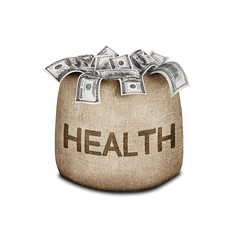 Health (Photo credit: 401K)#5 Reward yourself. Celebrate success. In addition to taking great care of yourself during the detox, plan to reward yourself once you’ve completed it. Now, that probably doesn’t mean binging on junk food! However, you might do something nice for yourself. Take a new fitness class. Take a day and spend it doing something you love.
Health (Photo credit: 401K)#5 Reward yourself. Celebrate success. In addition to taking great care of yourself during the detox, plan to reward yourself once you’ve completed it. Now, that probably doesn’t mean binging on junk food! However, you might do something nice for yourself. Take a new fitness class. Take a day and spend it doing something you love. Once you’ve completed your detox program set another goal to continue improving your health. For example, if you detoxed to purge the junk food habit, you might choose a new fitness program to begin. You might also take a healthy cooking class or begin eating healthier. Your health is important. Detoxing is a great way to move forward toward good health. Choose the right program for you. Be smart and safe when you detox and treat your body well.
For a comprehensive, gentle, and natural detox program that we recommend, click the banner below. You'll also get a FREE Report on The Toxic Side of Food.


